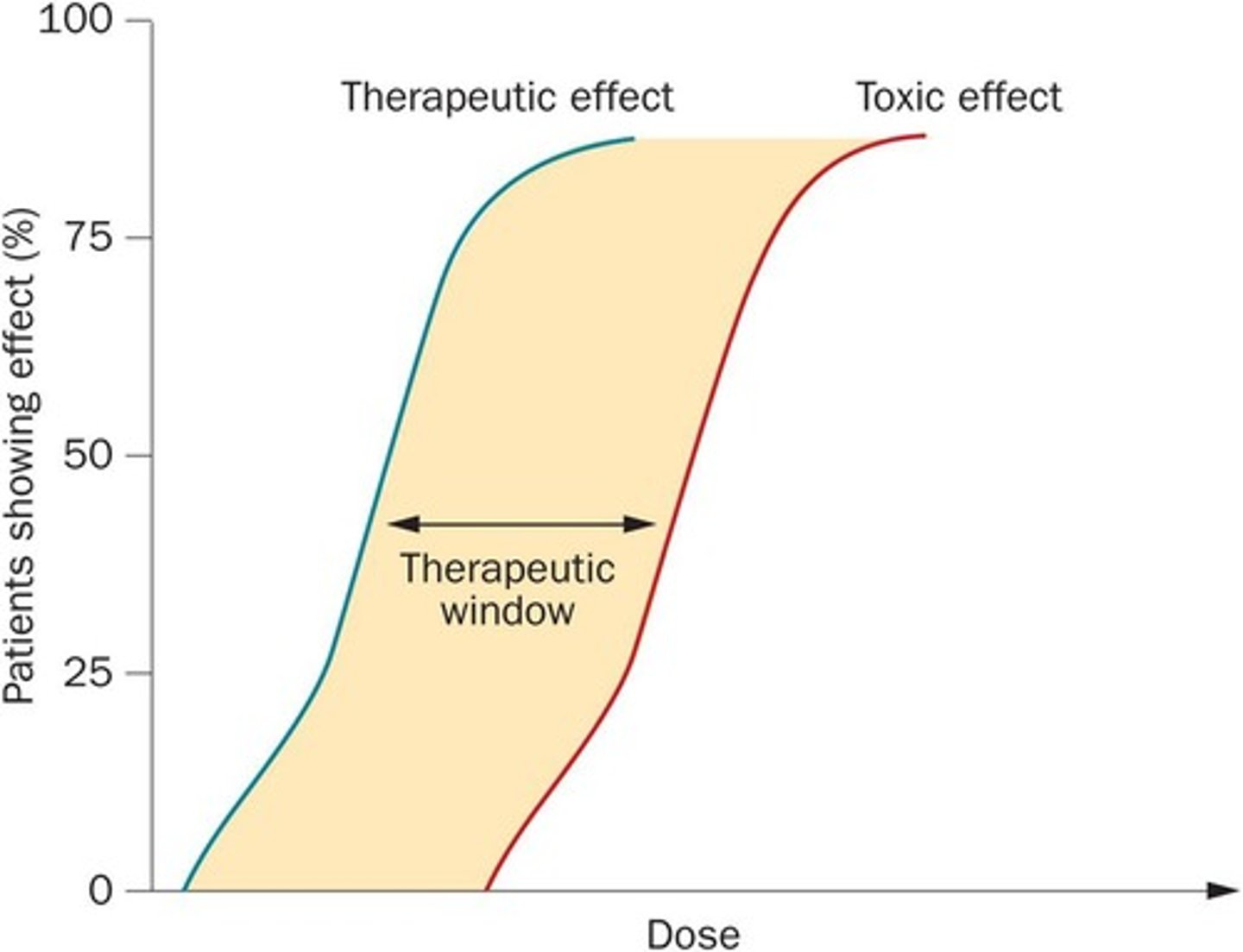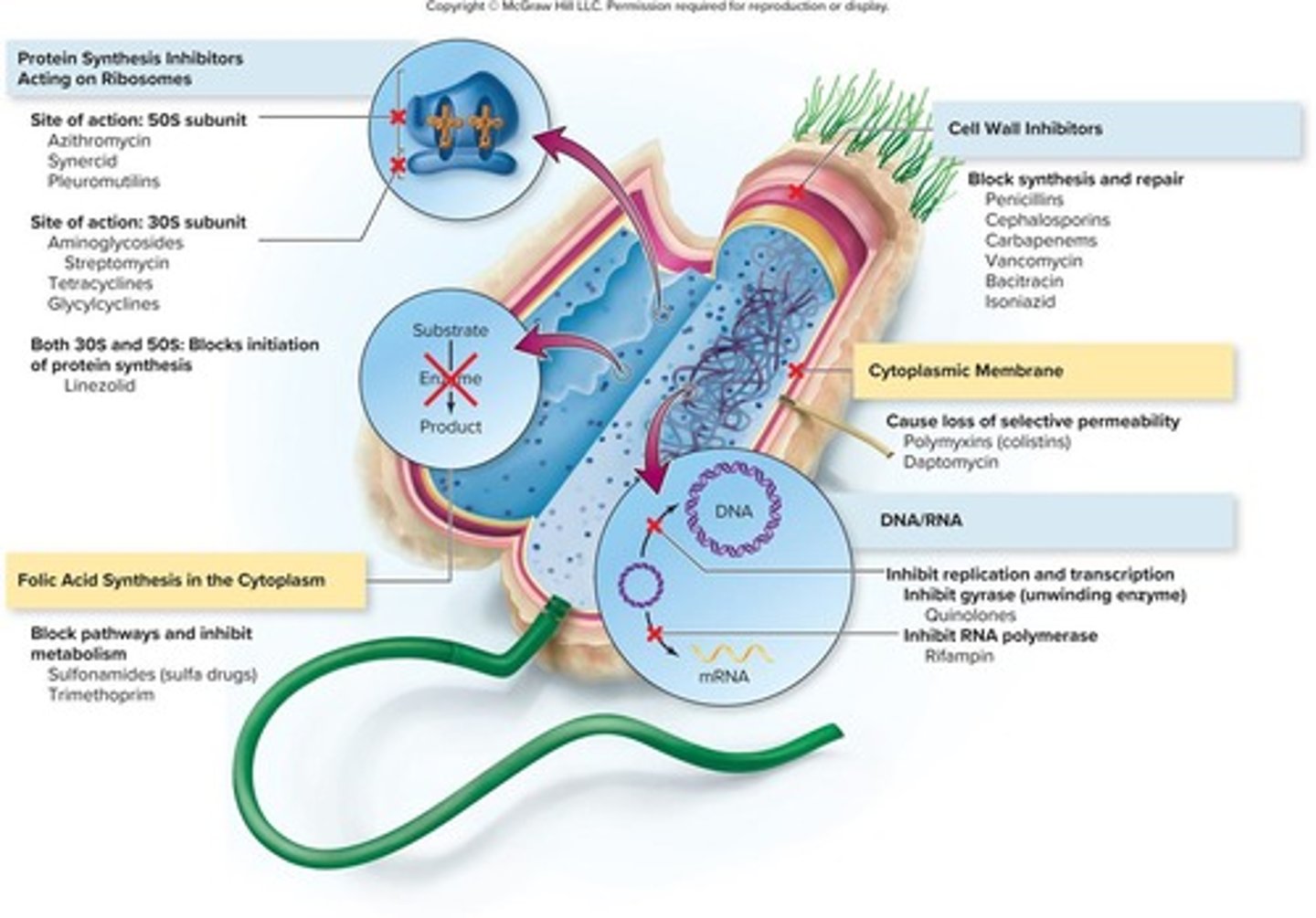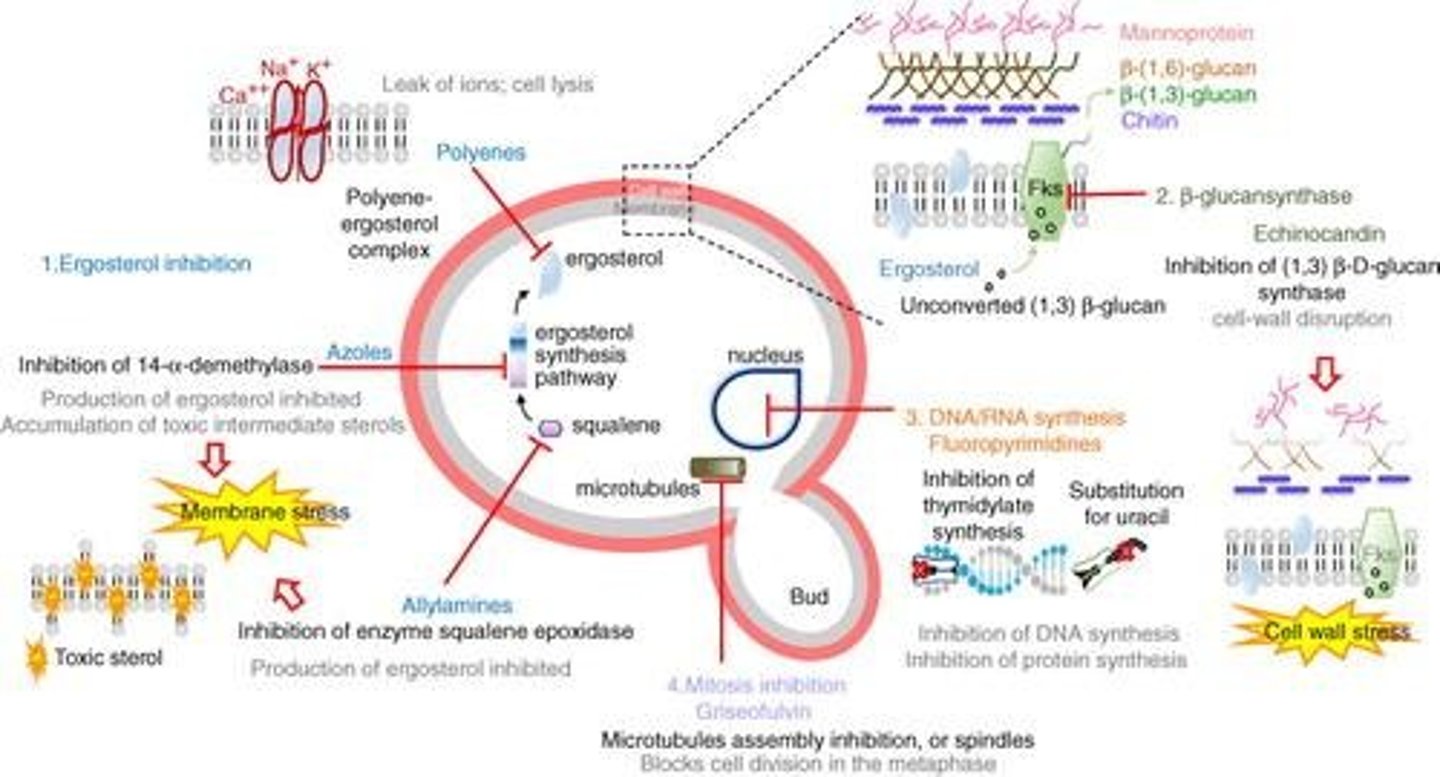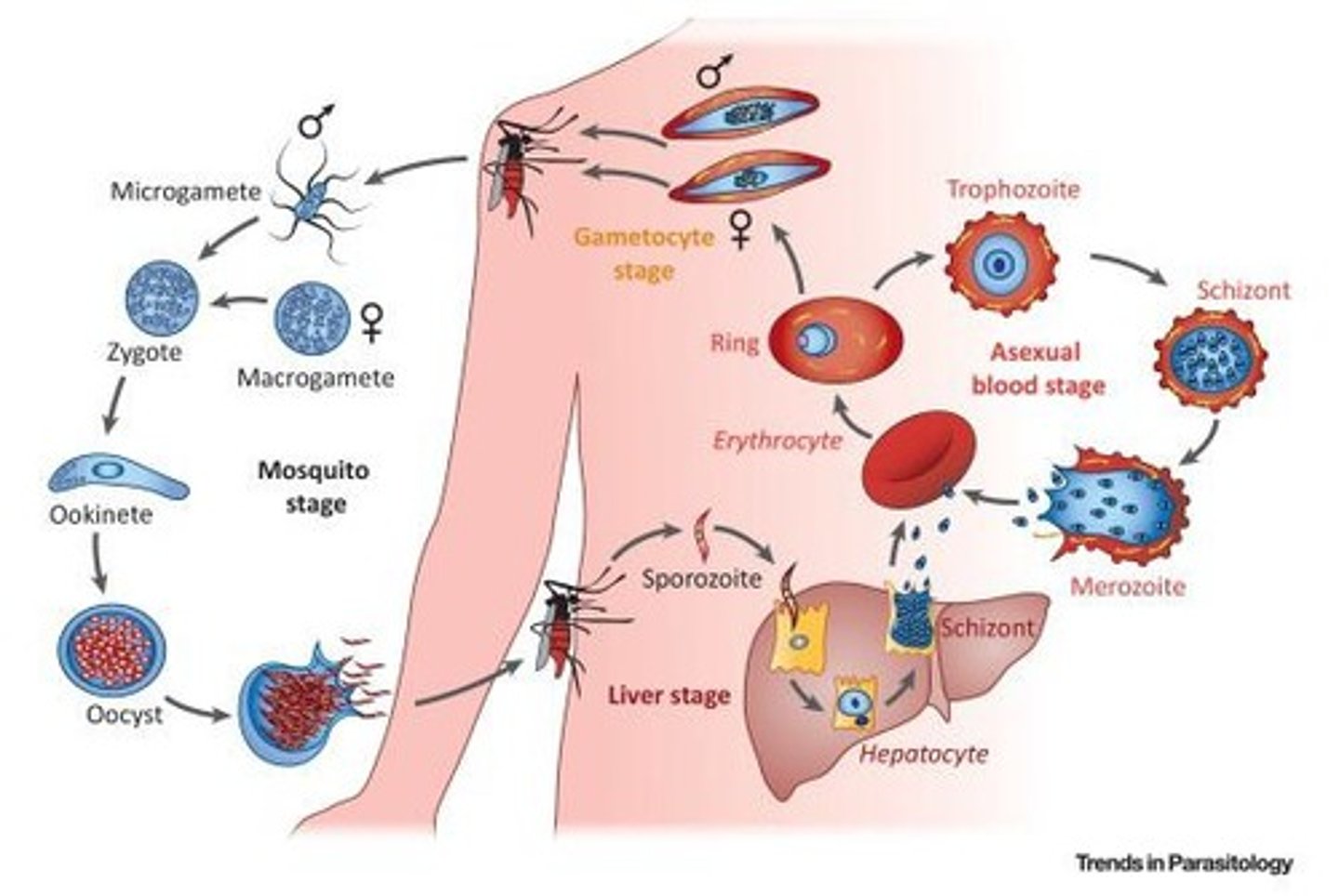Lecture 25: Antimicrobial Therapy Overview and Mechanisms
1/26
There's no tags or description
Looks like no tags are added yet.
Name | Mastery | Learn | Test | Matching | Spaced |
|---|
No study sessions yet.
27 Terms
What are the three key pieces of information needed before starting antimicrobial therapy?
1. The identity of the microbe causing the infection 2. The microbe's susceptibility to various drugs 3. The overall medical condition of the patient.
What is the difference between in vitro and in vivo activity of a drug?
In vitro activity refers to how a drug works in the lab, while in vivo effect refers to how it works in the body.
List some reasons why antimicrobial treatment might fail.
1. Inability of the drug to diffuse into certain body compartments (e.g., brain, joints, skin) 2. Metabolism of the drug 3. Incorrect patient adherence to the treatment 4. Presence of undetected resistant cells 5. Mixed infections with resistant pathogens.
What is the therapeutic dose of an antimicrobial agent?
The concentration needed to kill (microbicide) or inhibit (microbiostasis) the pathogen.
What is the toxic dose of an antimicrobial agent?
The concentration that produces negative side effects in the patient.
Define the therapeutic window.
The range of blood levels of a drug that produces the desired effect without toxicity.

What factors must a physician consider before prescribing an antimicrobial drug?
1. Preexisting conditions (e.g., liver or kidney disease) 2. Allergies 3. Age (infants, elderly) 4. Pregnancy 5. Negative drug interactions 6. Positive drug interactions.
What is selective toxicity in antimicrobial therapy?
A drug must be toxic to the infectious agent while being nontoxic to the host.
What characterizes high selective toxicity drugs?
They block activities specific to the pathogen, such as targeting peptidoglycan, which human cells lack.
What characterizes low selective toxicity drugs?
They are most toxic to humans and act on structures common to both the infective agent and the host cell.
What are the five main categories of antibiotic mechanisms?
1. Inhibition of cell wall synthesis 2. Inhibition of protein synthesis 3. Inhibition of folic acid synthesis 4. Inhibition of nucleic acid structure and function 5. Interference with cytoplasmic membrane structure and function.

Name some antibiotics that inhibit cell wall synthesis.
Penicillins, Cephalosporins, Carbapenems, Vancomycin, Bacitracin, Fosfomycin, Isoniazid.
How do beta-lactam antibiotics work?
They bind to transpeptidase, preventing crosslinking in the cell wall, leading to a weakened structure.

What is the role of aminoglycosides in protein synthesis inhibition?
They bind to the 30S ribosomal subunit, causing misreading of mRNA and leading to abnormal proteins.
What is the function of tetracyclines in protein synthesis?
They block the attachment of tRNA on the A acceptor site, stopping further protein synthesis.
What do macrolides do in protein synthesis?
They inhibit translocation of the ribosome during translation.
What is the significance of folic acid in bacterial metabolism?
Folic acid is required for the synthesis of DNA, RNA, and amino acids; bacteria can synthesize it while humans cannot.

Name two agents that inhibit folic acid synthesis.
Sulfonamides and Trimethoprim.
What are gyrase inhibitors and give an example.
They inhibit DNA gyrase, an enzyme necessary for DNA replication; an example is Ciprofloxacin.

What is the action of RNA polymerase inhibitors?
They inhibit the enzyme responsible for synthesizing RNA, an example being Rifampin.
How do polymyxins affect bacterial cells?
They interact with membrane phospholipids and act like detergents, disrupting the cell membrane.
What is the difference between broad-spectrum and narrow-spectrum drugs?
Broad-spectrum drugs are effective against more than one group of bacteria, while narrow-spectrum drugs target a specific group.
What types of pathogens do antibiotics target?
Antibiotics only work on bacteria; they do not affect fungi, protozoa, helminths, or viruses.
What are antifungal drugs designed to target?
They target cell wall synthesis and cell membrane.
What is the mode of action of Quinine in treating malaria?
It possibly blocks the metabolism of hemoglobin in the Plasmodium parasite.
What is Avermectin and its significance?
Avermectin interferes with nerve and muscle cell function in worms and insects and was awarded the 2015 Nobel Prize in Physiology or Medicine.
What is Ivermectin and its potential use?
Ivermectin is a semisynthetic avermectin that showed some ability to inhibit replication of positive sense ssRNA viruses in vitro.